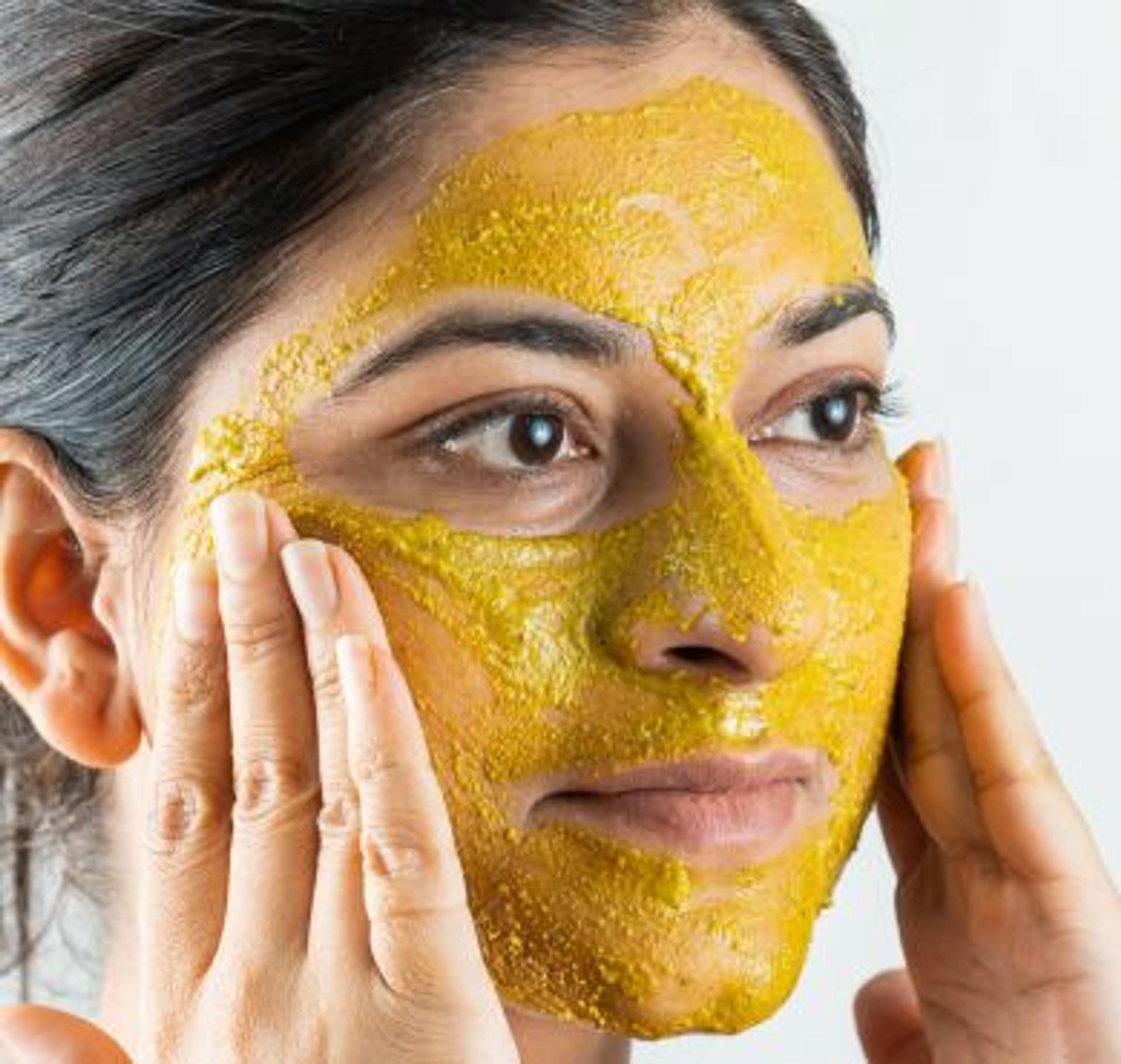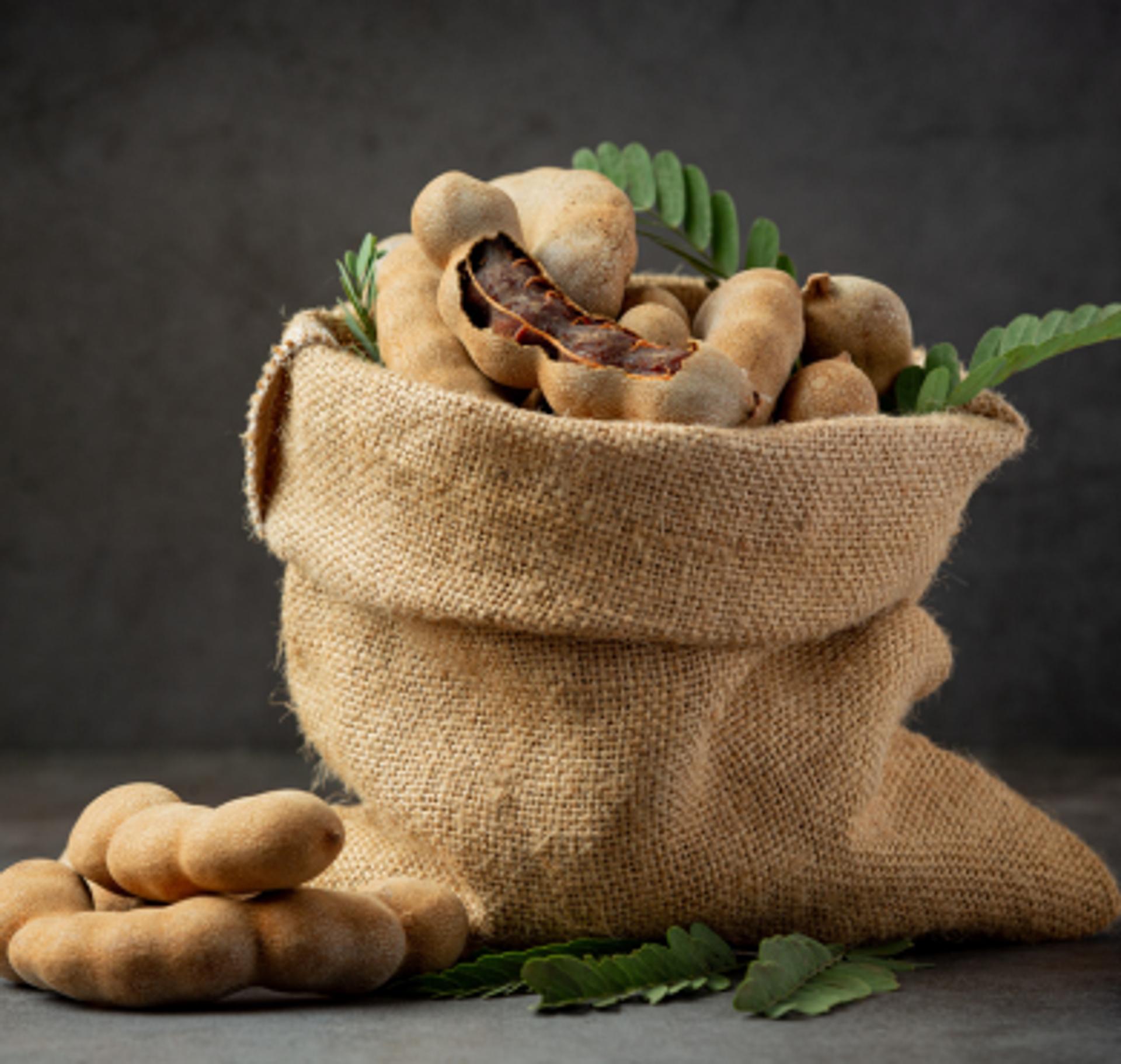
Imli Inside-Out: From Digestive Tonic to Dermal Detox
By Nat Habit
This tangy saviour — some couldn’t bear its sharpness, others devoured it like a candy.
Whether as sticky imli pulp on your fingers, that sour-sweet school break treat, or the deep base of grandma’s rasam — tamarind (Tamarindus indica) has been more than just a culinary delight. It’s a natural exfoliant, melanin modulator, skin detoxifier, and collagen companion, all rolled into one tart botanical.
The Biochemistry of Tamarind
Acidic Outside, Regenerative Inside
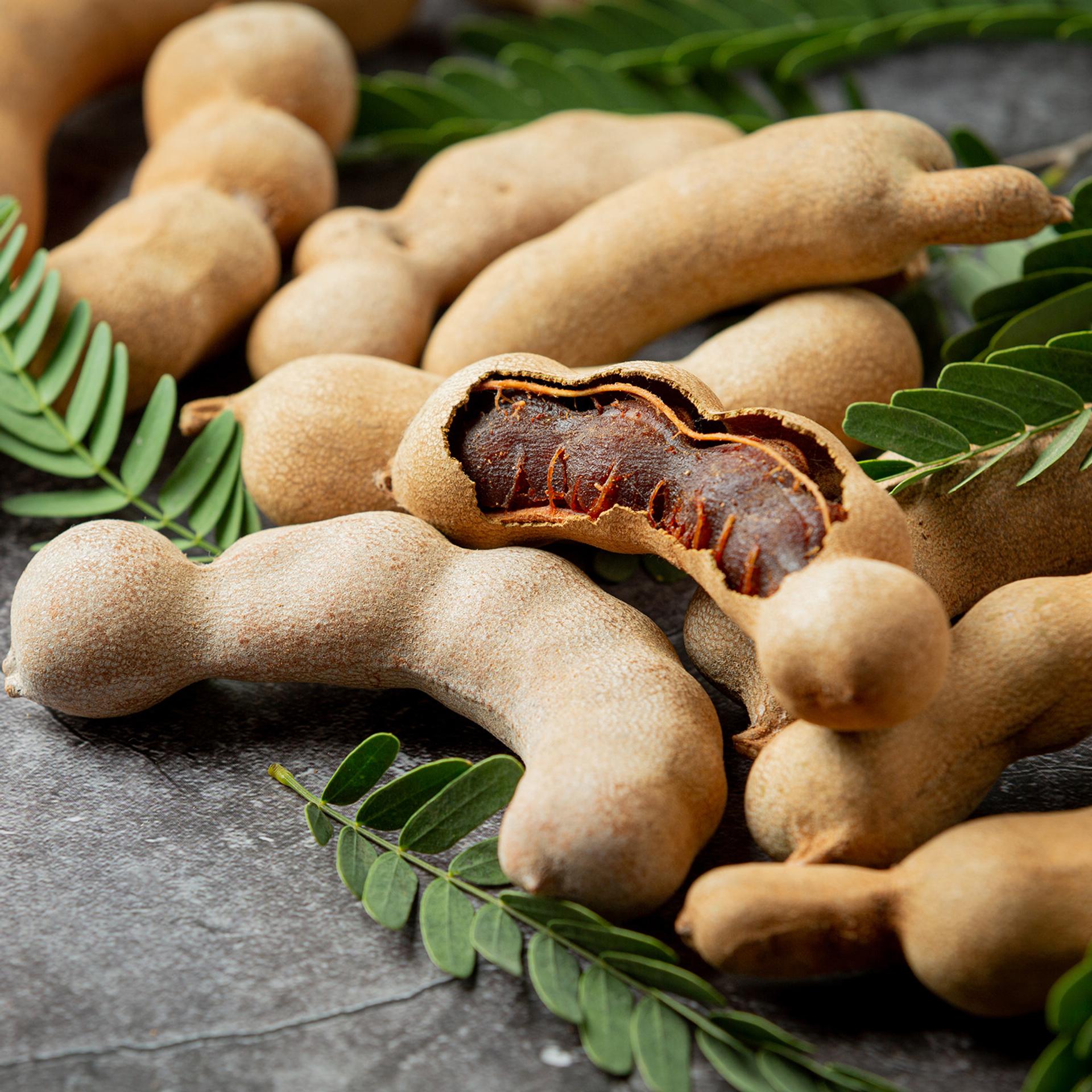
Alpha-Hydroxy Acids (AHAs)
Tamarind is naturally rich in tartaric acid, citric acid, and malic acid — organic exfoliants that:
- Gently break down dead skin bonds
- Stimulate epidermal cell renewal
- Improve skin texture, tone, and glow
- Reduce comedonal acne and congestion
Vitamin C (Ascorbic Acid)
While not as concentrated as amla, tamarind’s Vitamin C content:
- Stimulates collagen synthesis
- Lightens pigmentation
- Enhances antioxidant defense
Flavonoids: Naringenin, Apigenin, Luteolin
These polyphenols provide:
- Deep anti-inflammatory effects in acne, eczema, and inflamed scalp
- Tyrosinase inhibition, reducing melanin overproduction
- DNA protection from oxidative stress and UV exposure
Polysaccharides (Xyloglucans)
Tamarind seed extract contains skin-identical sugars that:
- Offer moisture retention similar to hyaluronic acid
- Form a light, breathable film that protects against pollutants
- Improve skin suppleness and smoothness
Tamarind Trypsin Inhibitors
Rare protein compounds found in tamarind extracts that help:
- Soothe inflammation
- Calm proteinase-related skin stress
- Support wound healing and recovery
Tamarind for Skin
Clarity, Collagen & Cellular Renewal

If your skin is dull, patchy, or prone to breakouts — tamarind knows exactly what to do. It acts like a fruit-based acid peel, but naturally buffered with flavonoids and sugars that soothe while they exfoliate.
For Dullness & Pigmentation
AHAs and Vitamin C work together to fade dark spots, tan lines, and post-acne marks, while flavonoids downregulate melanin synthesis enzymes. Regular use results in brighter, more even-toned skin, especially for those dealing with sun damage.
For Texture & Surface Aging
Tamarind’s acids resurface skin by sloughing away keratinised layers, boosting collagen production, and improving cell turnover, resulting in smoother texture and softer fine lines, especially when used in weekly exfoliating packs.
For Acne & Inflammatory Conditions
Thanks to its anti-inflammatory flavonoids, tamarind calms acneic skin, shrinks inflamed comedones, and reduces heat-driven breakouts, particularly in humid or polluted environments.
For Hydration & Barrier Support
The seed extract acts like a plant-based hyaluronic acid — binding moisture, plumping the surface, and restoring comfort to dry, stripped skin post-cleansing or exfoliation.
Tamarind for Hair & Scalp
The Clarifier That Calms & Strengthens
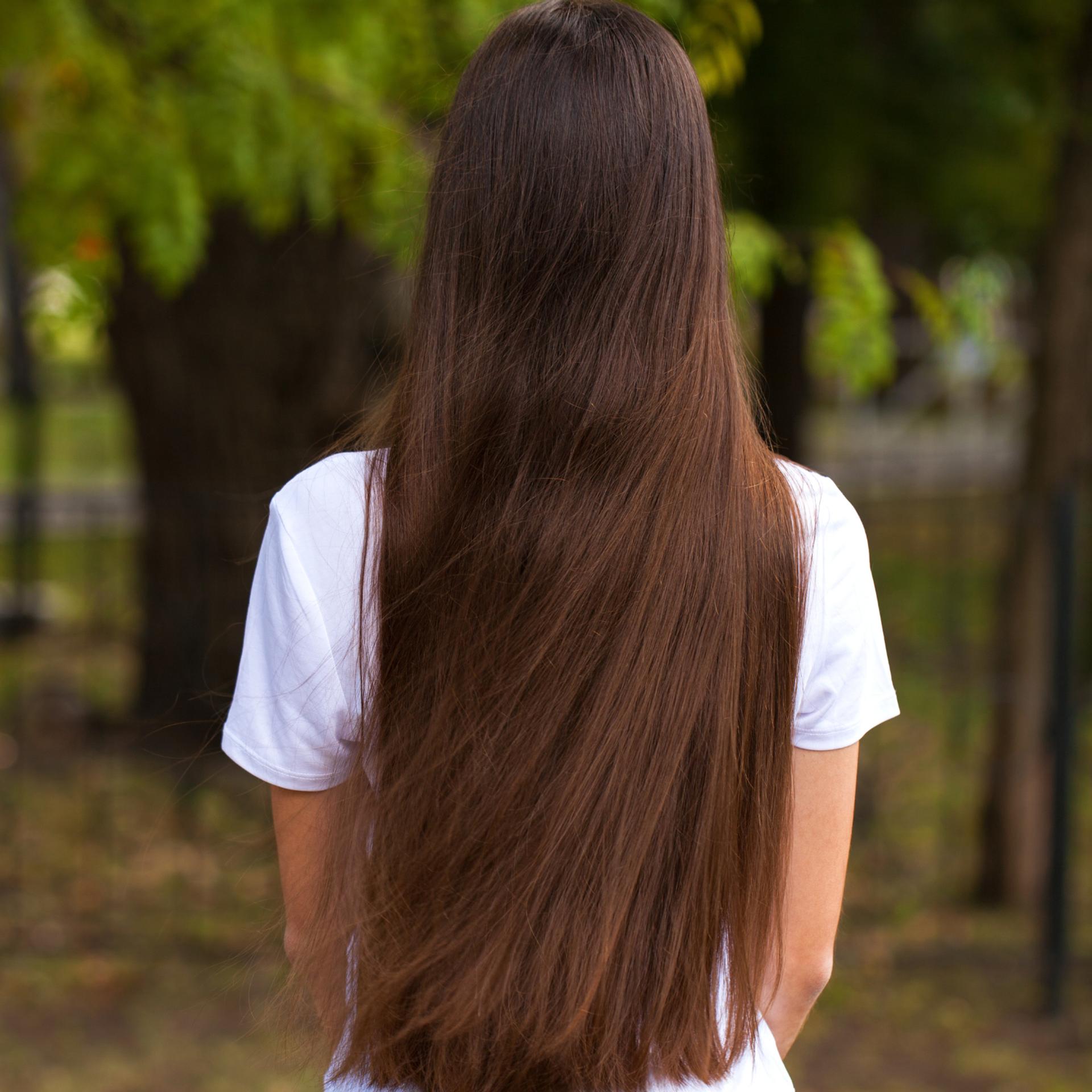
For Greasy, Itchy Scalp
Tamarind pulp helps balance scalp sebum, remove buildup, and reduce malassezia-driven dandruff through mild antifungal and astringent actions.
For Follicle Nourishment
Its circulation-boosting acids and antioxidants support hair follicle oxygenation, ideal for reducing hair fall due to clogged roots or inflammatory scalp conditions.
For Strength & Shine
When applied as a post-wash rinse (infused or decocted), tamarind helps close cuticles, enhancing light reflection, smoothing frizz, and increasing strand tensile strength.
How to Use Tamarind
Forms, Activation & Safety
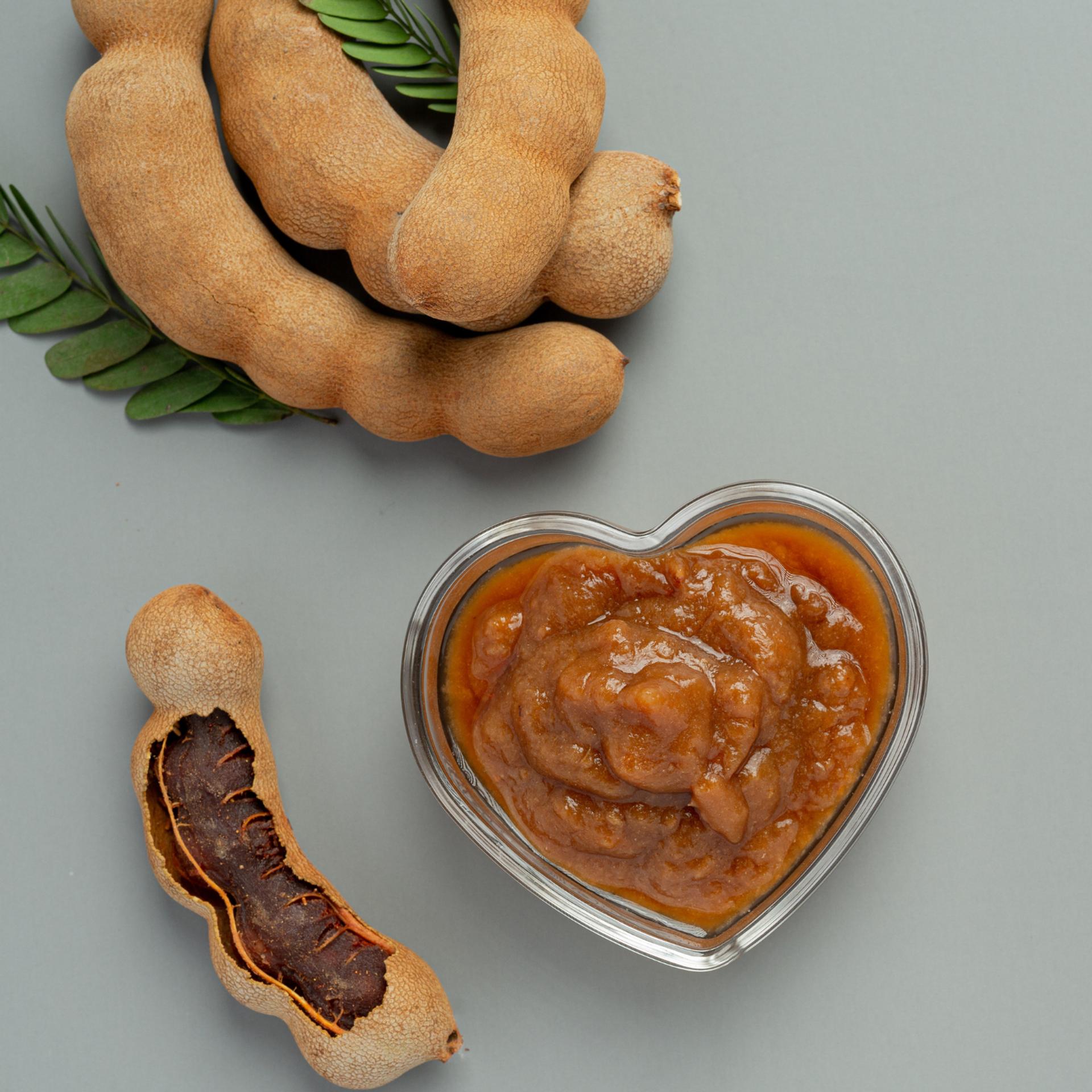
Topical Use
- Tamarind Paste + Honey: For a brightening face mask that exfoliates while hydrating
- Tamarind Decoction Rinse: Boil pulp with water + tulsi/neem for a scalp detox rinse
- Seed Extract Serum or Gel: Lightweight hydrator with anti-aging benefits
Always patch test. Tamarind’s acids can be irritating on broken or sensitive skin. Dilute in milk, honey, or aloe for buffered use.
Internal Use
- Tamarind Water: A digestive + blood purifier. Mix pulp with jeera and black salt
- Chutneys & Rasam: Consumed with ghee or cooling spices to balance acidity
- Avoid excess raw pulp in pitta-aggravated states — combine with jeera, dhania, jaggery for neutralization
The Final Stir
From Candy Sour to Skin Saviour
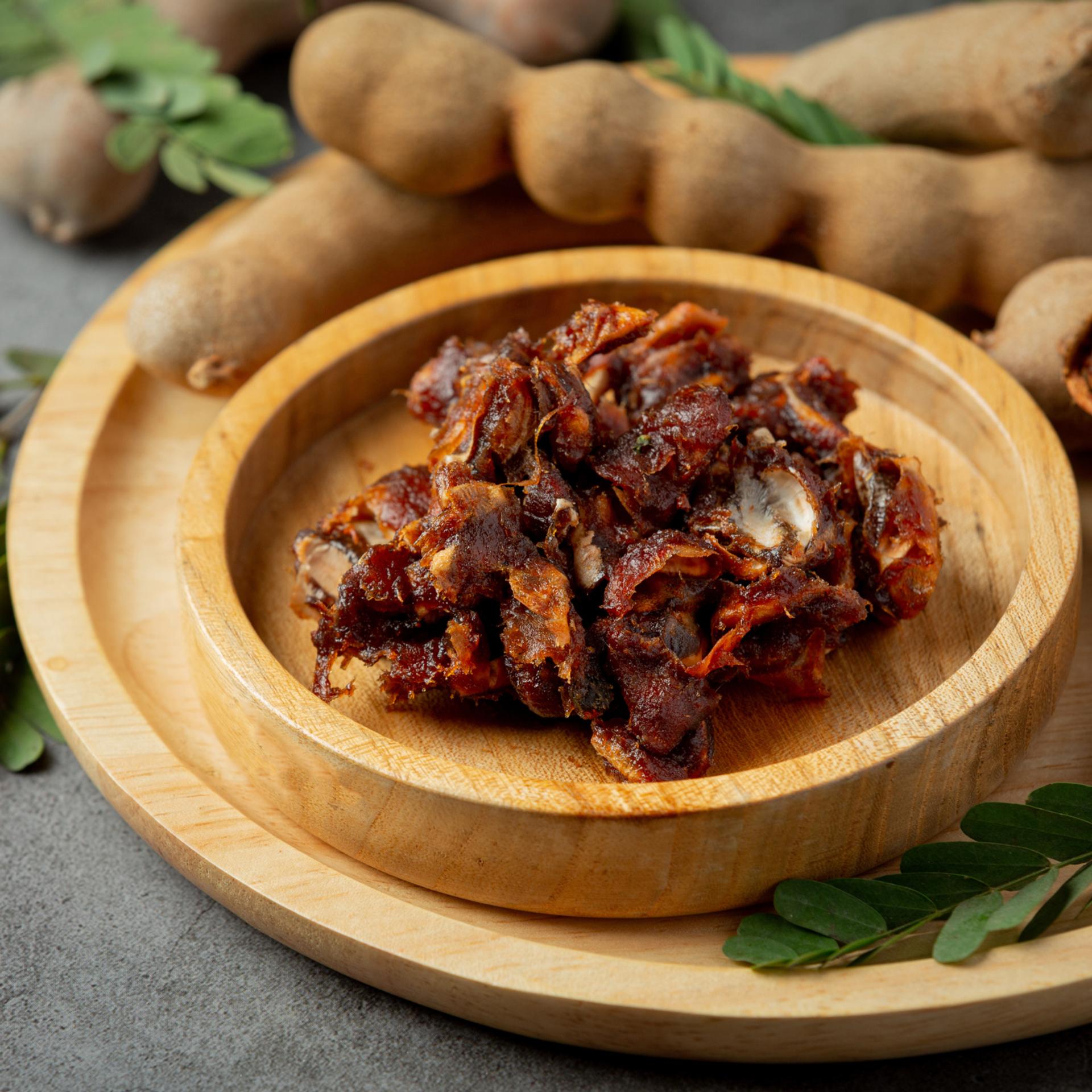
Tamarind has always teased the tongue. Now, it also transforms the skin, stimulates the scalp, and restores balance from within.
This isn’t just a childhood candy. It’s a tissue-transforming, pigment-lightening, collagen-supporting, inflammation-soothing fruit that deserves its spot in your beauty ritual — as much as your kitchen pot.
Imli was never just a taste. It was always therapy.
Learn more


